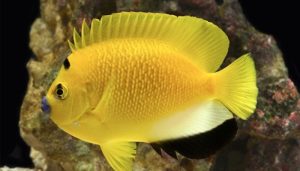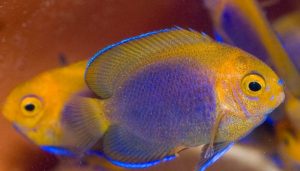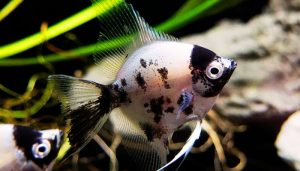Ever spotted tiny, jelly-like clusters in your aquarium and wondered what they are? Ramshorn Snail Eggs: Identification, Care & Hatching Guide will help you recognize and manage these fascinating freshwater snail eggs. But how do you ensure they hatch successfully?
Ramshorns snail eggs appear as translucent sacs containing multiple embryos, usually attached to glass, plants, or decorations.
Ramshorn snail are hermaphrodite prolific breeders, and with the right conditions—stable water temperature, proper humidity, and a safe environment—they hatch in about 7–10 days.
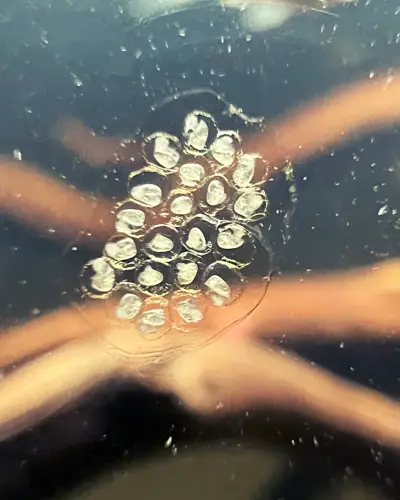
Keeping their tank clean and free from predators is essential for survival. Want to learn how to care for them like a pro? Aquarists like Takashi Amano emphasize water quality in successful hatching.
Let’s dive in and uncover the secrets to raising healthy Ramshorn snails!
Table of Contents
ToggleRecognizing Ramshorn Snail Eggs
Ram shorn snail eggs are typically found in clusters, often attached to the sides of the tank, plants, or even on rocks and leaves. The eggs are small, usually transparent or pink in color, making them relatively easy to spot if you know what to look for.
When ramshorn snails lay eggs, they often create these clusters that can appear gelatinous and may be mistaken for other forms of algae or debris in the tank. It’s essential to regularly inspect your home aquarium to see the eggs and ensure they are healthy and thriving.
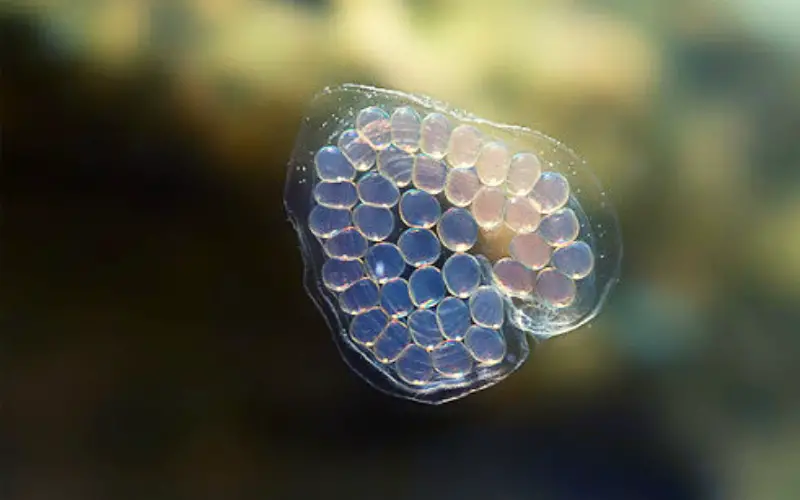
These clusters can vary in size, depending on the health and maturity of the ramshorn snail. A healthy ramshorn snail can lay hundreds of eggs at once, and these eggs will be visible on the surface of plants or the aquarium glass.
If you notice that the eggs keep disappearing, it is possible that other tank inhabitants, like hungry fish or shrimp, are feasting on them. Thus, creating a safe environment for the eggs is essential to allow baby snails to hatch successfully.
How to Care for Ramshorn Eggs
Caring for ramshorn snails eggs primarily involves maintaining clean water and a stable environment in the aquarium. It is crucial to keep the tank’s pH level balanced and ensure that it has sufficient calcium, which can be provided through cuttlebone or calcium supplements.
This helps create optimal conditions for the eggs to develop into healthy baby snails. Additionally, keeping a few plants in the tank can provide a natural habitat for the eggs and help maintain water quality.
Furthermore, avoid using strong filters that could disturb the eggs or wash them away. A gentle flow is preferred, as this prevents the eggs from being dislodged from their attachments.
Regularly monitoring the water temperature and ensuring it remains within the ideal range for ramshorn snails will also help in the successful hatching of the eggs.
A couple of dedicated areas in the tank, where the snails lay eggs, should also be kept clean to prevent detritus from affecting the young snails.
Do Ramshorn Snails Eat Fish Eggs
Ramshorn snails are generally not picky eaters and will consume a variety of organic matter in the aquarium, including algae, decaying plant material, and leftover fish food.
However, they are not known to actively seek out or eat fish eggs or may also eat dead fish. The presence of ram snails in a tank can help maintain cleanliness by consuming detritus, but they typically leave fish eggs untouched. This makes them a suitable addition to a community tank where fish are breeding.
It is essential to monitor the tank dynamics, as the presence of snails may attract the attention of other fish that could see the eggs as food supply.
Nevertheless, healthy ramshorn snails can coexist with breeding fish without posing a threat to the eggs. Maintaining a balanced diet for your ramshorn snails is crucial, as it ensures they remain healthy and can contribute positively to the aquarium ecosystem without interfering with fish reproduction.
How Long Do Ramshorn Snail Eggs Take to Hatch?
The incubation period for ramshorn eggs can vary based on environmental conditions, but under optimal circumstances, the eggs typically take about 2 to 4 weeks to hatch. Factors such as water temperature, pH, and overall tank cleanliness can influence this timeline.
Warmer water temperatures tend to speed up the hatching process, while cooler conditions may prolong it. Therefore, maintaining a stable environment is crucial for the successful development of the eggs.
During this period, it is vital to ensure that the eggs remain undisturbed and that the tank remains clean. If conditions become unfavorable, such as poor water quality, this can lead to a lower hatching success rate.
Enthusiasts often enjoy watching the baby snails emerge from the eggs, and it is a rewarding experience when they see the tiny snails begin to explore their new environment. Proper care during this stage can lead to a thriving population of baby ramshorn snails in the aquarium.
Hatching Giant Ramshorn Snail Eggs
Hatching giant ramshorn snail eggs follows similar principles as regular snails, with a few considerations for size and growth. These snails lay larger eggs, and the baby snails tend to be more robust as well.
Ensuring the right environmental conditions for these eggs is crucial, as they require a clean tank with plenty of calcium and stable water parameters to thrive. The hatching process can be an exciting time for aquarists, as they witness the birth of these larger snails.
After hatching, the baby giant rams horn snails will require feeding and care similar to their smaller counterparts. They will thrive on algae and other organic matter, so maintaining a balanced diet is essential for their growth.
As they grow, ensuring that they have enough space and resources will help them develop into healthy adult snails. Observing their growth can be gratifying, and many aquarium enthusiasts find joy in raising these beautiful creatures from the time they hatch.
Conclusion
Understanding ramshorn eggs, from identification to care and hatching, is essential for any home aquarium enthusiast looking to breed these interesting creatures. By maintaining clean water, providing adequate calcium, and ensuring a stable environment, you can successfully nurture and hatch ramshorn snail eggs. These snails not only contribute to the aesthetics of your aquarium but also play a vital role in keeping it clean and balanced. Embracing the journey of raising ramshorn snails from eggs to adults can be an enriching experience that enhances your aquarium hobby.
Top Posts
Top Posts You might like
- Ramshorn Snails: Tiny Tank Titans or Tidal Wave of Trouble?
- Do Ramshorn Snails Eat Plants in Aquarium: (Myths & Facts)
- Are Ramshorn Snails Asexual Reproduction?
- Ramshorn Snails Size 101: Expert Aquatic Snails Caring Guide
- Ramshorn Snails Colors 101: Plant Friendly Tank Additions
- Decoding Bladder Snails Eggs: A Comprehensive Care Manual
- Ultimate Guide to Ramshorn Snail Reproduction in Home Aquarium
- How Often Do Ramshorn Snails Lay Eggs in Aquariums: Explained
- Identifying Ramshorn Snail Babies in Your Tank (Proven Tips!)
- Freshwater Aquarium Snail Eggs on Glass: What You Should Do?
- Identifying Freshwater Snail Pond Snail Eggs in Aquarium: Comprehensive Guide


